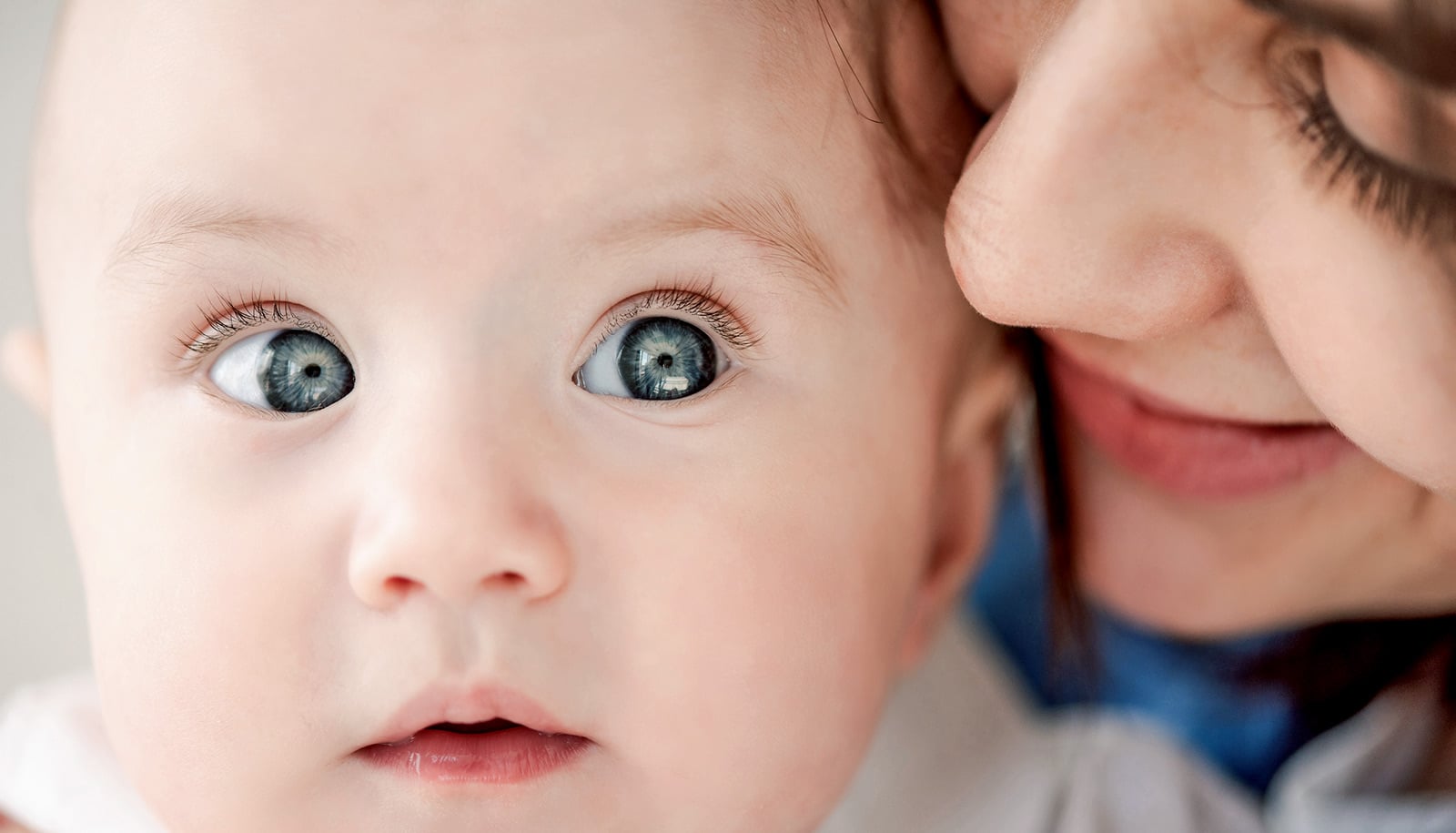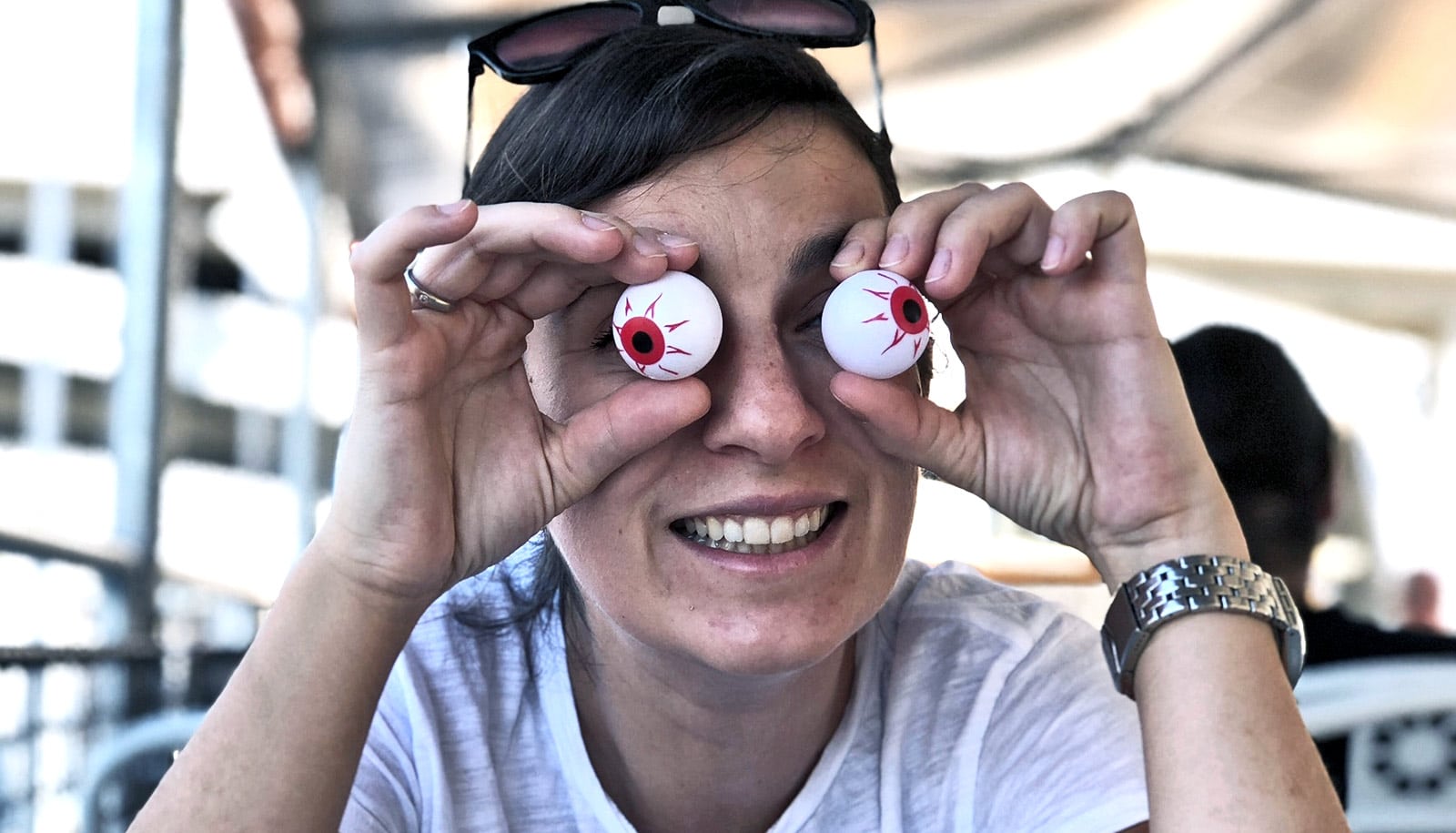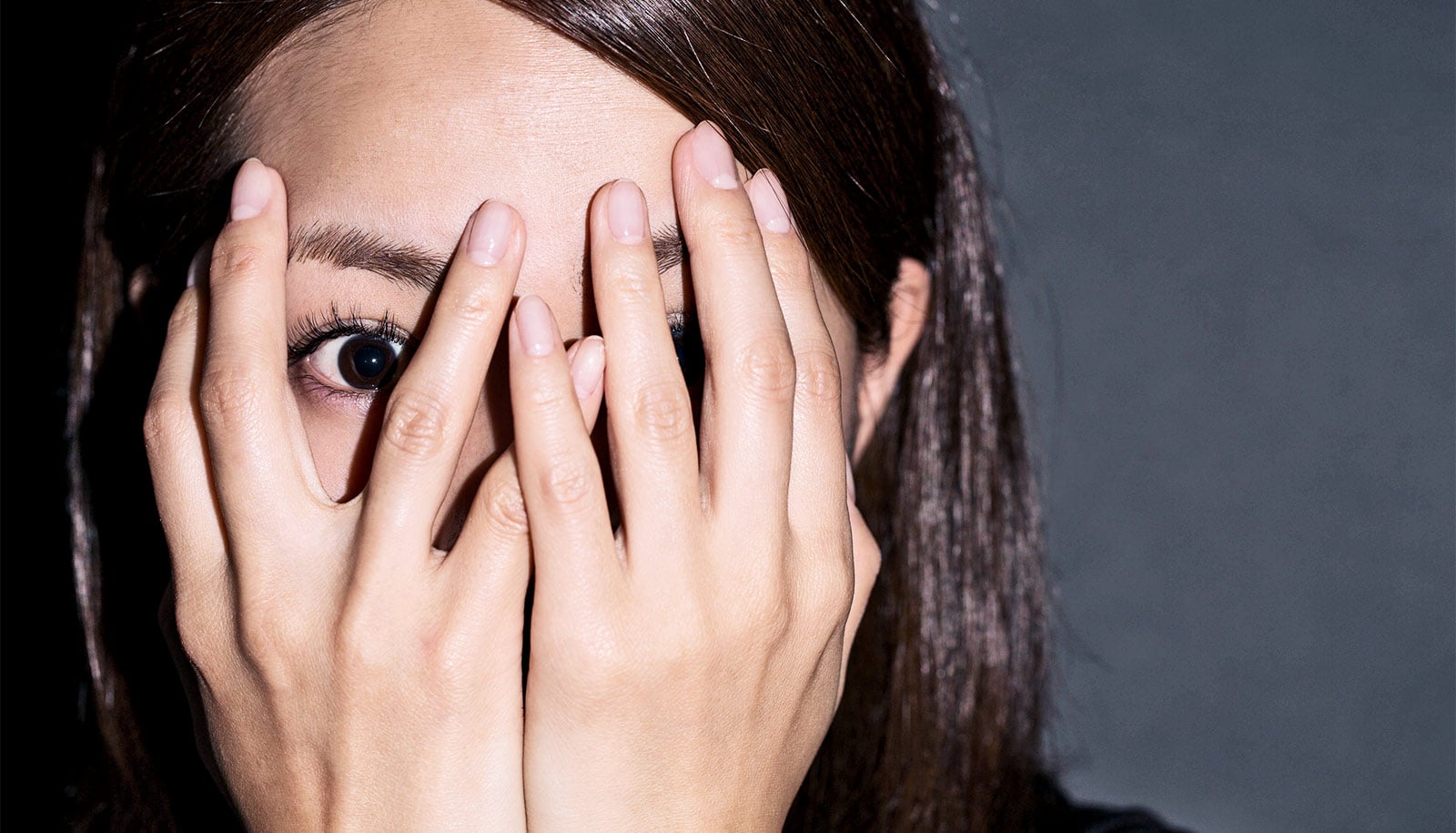Our eyes involuntarily dilate in response to sound, which means they offer a potential new way to test hearing.
In 1998, University of Oregon researcher Avinash Singh Bala was working with barn owls in an Institute of Neuroscience lab when the birds’ eyes caught his attention.
The usual research done in the lab, led by Terry Takahashi, focuses on how barn owls process sounds, with the idea that such knowledge could lead to improved hearing devices for people.
But those eyes. Every time the owls heard an unexpected sound, their eyes dilated.
“So, we asked, might this work in humans?” Bala says. “We thought, if so, it would be a great way to assess hearing in people who cannot respond by pushing a button, raising a hand, or talking, such as babies, older children with developmental deficits, and adults who are suffering from a debilitating disorder or are too sick to respond.”
Over the next decade, Bala and Takahashi, as free time outside their primary research allowed, pursued ideas on how to use the eyes as a window to hearing. They experimented, finding similar involuntary dilation in humans. They tweaked a possible approach, aiming for sensitivity that might equal that achieved with traditional tone-and-response testing.
“We presented early data analyses at conferences, and there was a lot of resistance to the idea that by looking at an involuntary response we could get results as good as button-press data.”
The two neuroscientists report in the Journal of the Association for Research in Otolaryngology that solidifies their case. They used eye-tracking technology simultaneously as they conducted traditional hearing exams with 31 adults in a quiet room.
Researchers monitored dilation for about three seconds as participants stared at a dot on a monitor while a tone played. To avoid being fooled by pupil reactions generated by pushing a response button, subjects’ responses were delayed until a question mark replaced the dot, at which point the eye-tracking stopped.
Levels of dilation throughout the testing directly reflected the participants’ subsequent push-button responses on whether or not they heard a tone. That, Bala says, allowed his team, which also included former doctoral student and coauthor Elizabeth Whitchurch, “to see and establish causality.”
“This study is a proof of concept that this is possible,” Bala says. “The first time we tested a human subject’s pupil response was in 1999. We knew it could work, but we had to optimize the approach for capturing the detection of the quietest sounds.”
Takahashi says the initial discovery was completely accidental.
“If we hadn’t been working with owls, we wouldn’t have known about this possible human diagnostic technique,” he says. “This is a really good example of how animal-based research can benefit advances in human diagnostics.”
The research did the testing in the new study with conventional, commercially available hearing and eye-tracking technologies.
Bala and Takahashi are now collaborating with Dare Baldwin, a professor of psychology, on developing their own technology for testing with babies. The effort has support from the Office of the Vice President for Research and Innovation and the University Venture Development Fund. Bala and Takahashi have also launched Perceptivo LLC to pursue development of an infant-hearing assessment.
Source: University of Oregon



